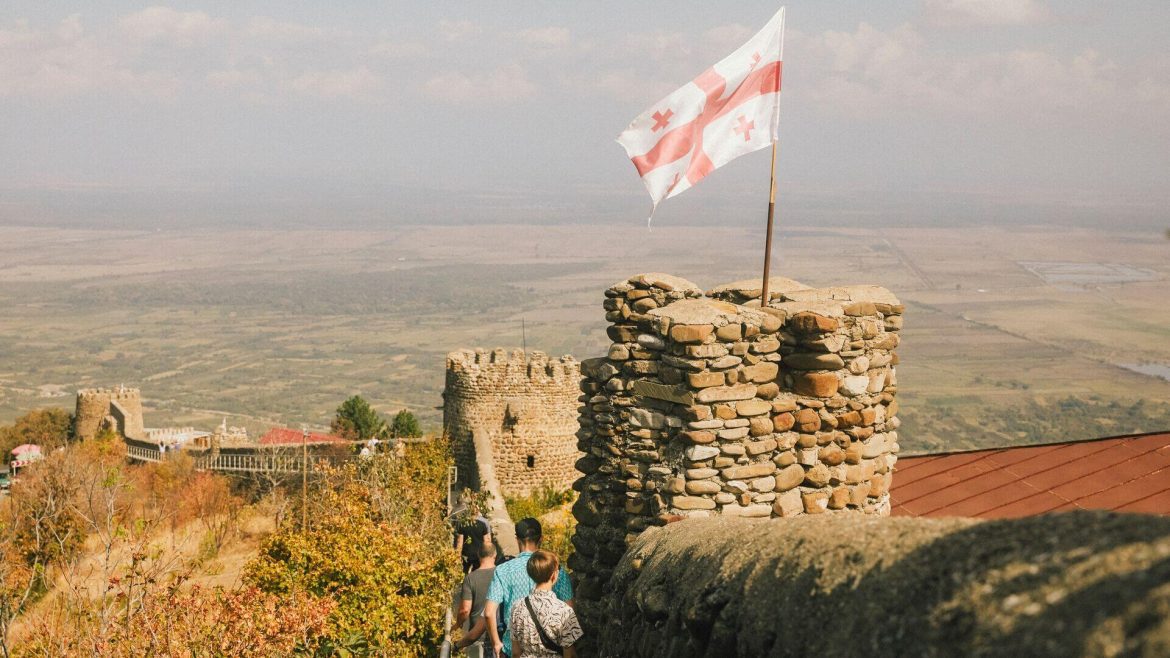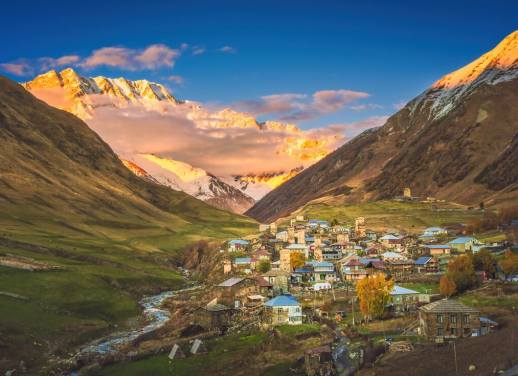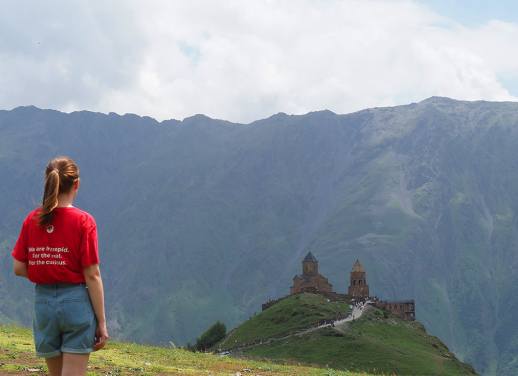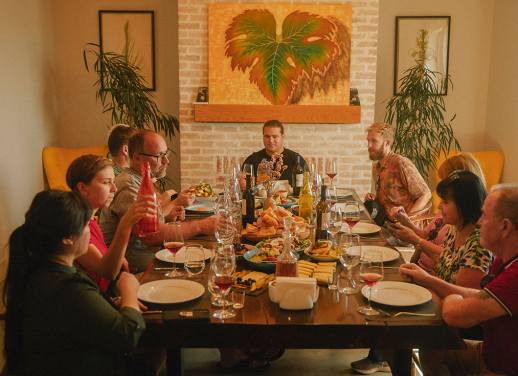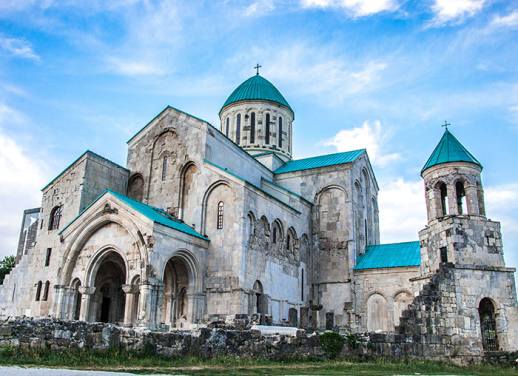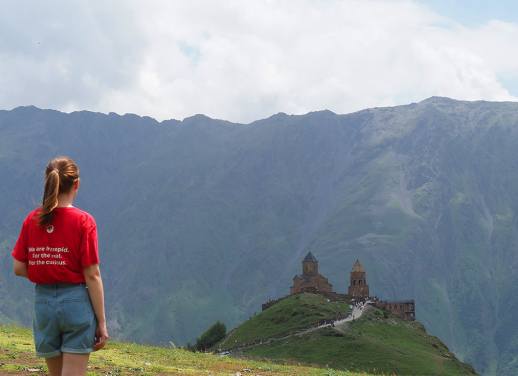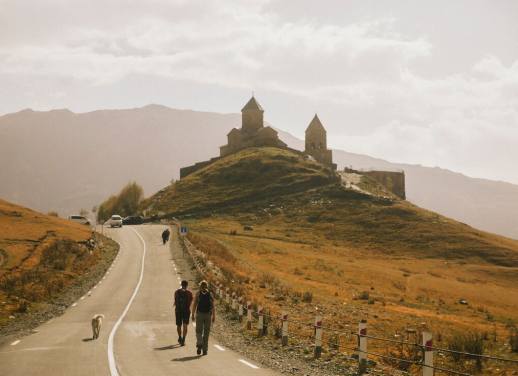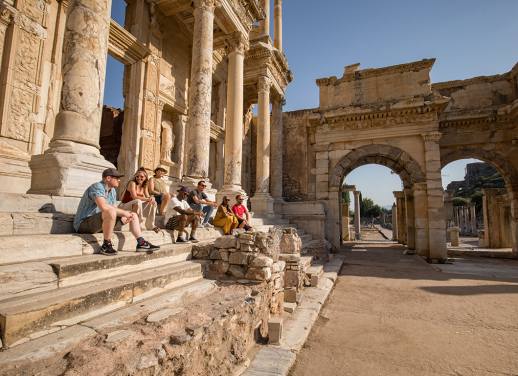Georgia on your mind?
This article was originally published in August of 2022
If you’re looking for something extra special, look no further. From the peaks of the Caucasus mountains to Kakheti’s rolling semi-deserts, the stony Black Sea coastline to age-old Silk Road stops, there’s a landscape and a slew of activities that go with it to suit just about every taste.
Add to this a vivid history of kingdoms and conquest, plus a progressive arts and food scene, and there’s a serious case to be made for Georgia’s towns and cities, too.
It’s true: In this traveller’s humble opinion, Georgia might just be the perfect all-rounder. To help you see the best of what the country has to offer, here are 10 essential spots you need to explore.
1. Tbilisi
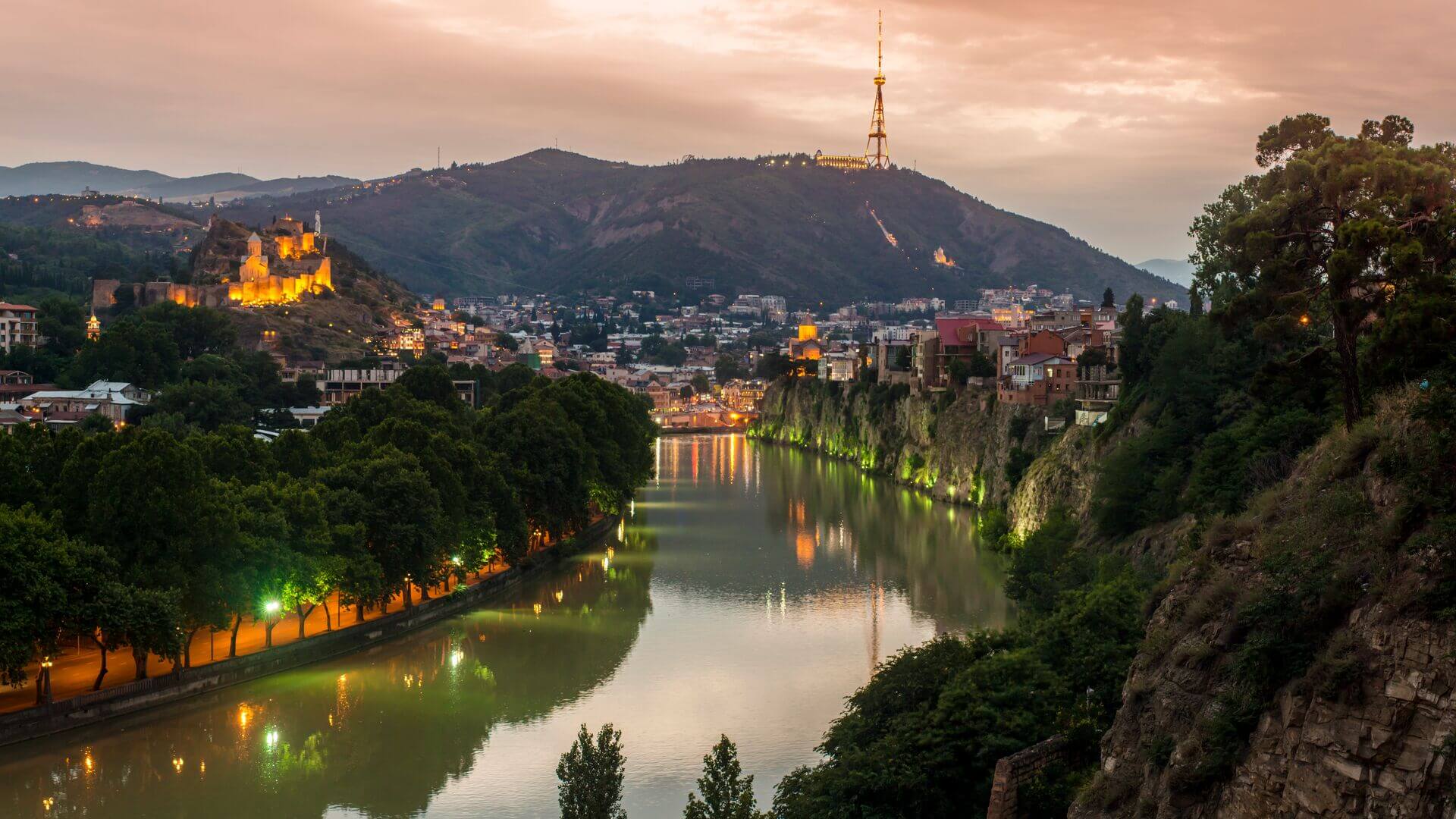
Georgia’s capital city, Tbilisi, is a hybrid of different influences. The religion, the culture, the food, the vernacular architecture and the very way of life here is all fundamentally Georgian. If you have no idea what that means, you’ll have a wonderful time finding out.
The tumbledown courtyards and elegant balconies of the Old Town. Abanotubani’s Turkish-style domed baths and right next door, Betlemi Street, Tbilisi’s Jewish quarter. Provocative street art, and a fashion and electronic music scene that is coming into its own. From Bangkok-style food markets to Parisian-style boulevards, Georgia’s biggest city offers up an enticing blend of East and West. Spend at least a few days getting to know Tbilisi, an up-and-coming capital to keep an eye on.
2. Kutaisi
In a city with over 3000 years of history, you’ll find something interesting in every corner. And it’s not just history but mythology, too, because Kutaisi is also a site featured in the tale of the Argonauts who went in search of the Golden Fleece.
Once the capital of Georgia, Kutaisi has an array of landmarks and buildings that speak to a lengthy and cultured history. From the imposingly beautiful Kutaisi Drama Theatre and its eye-catching Colchis Fountain to the 11th-century Bagrati Cathedral or the Kutaisi Boulevard, where public business and opinion have been discussed for centuries, Kutaisi is worth a visit.
And when you’re finished seeing it all from the ground, those brave at heart might enjoy an aerial-view ride on the Kutaisi Aerial Tramway built in 1961. Kutaisi is also a great centre point for day trips around the area, including to Tskhaltubo, a Soviet ghost town.
3. Kazbegi
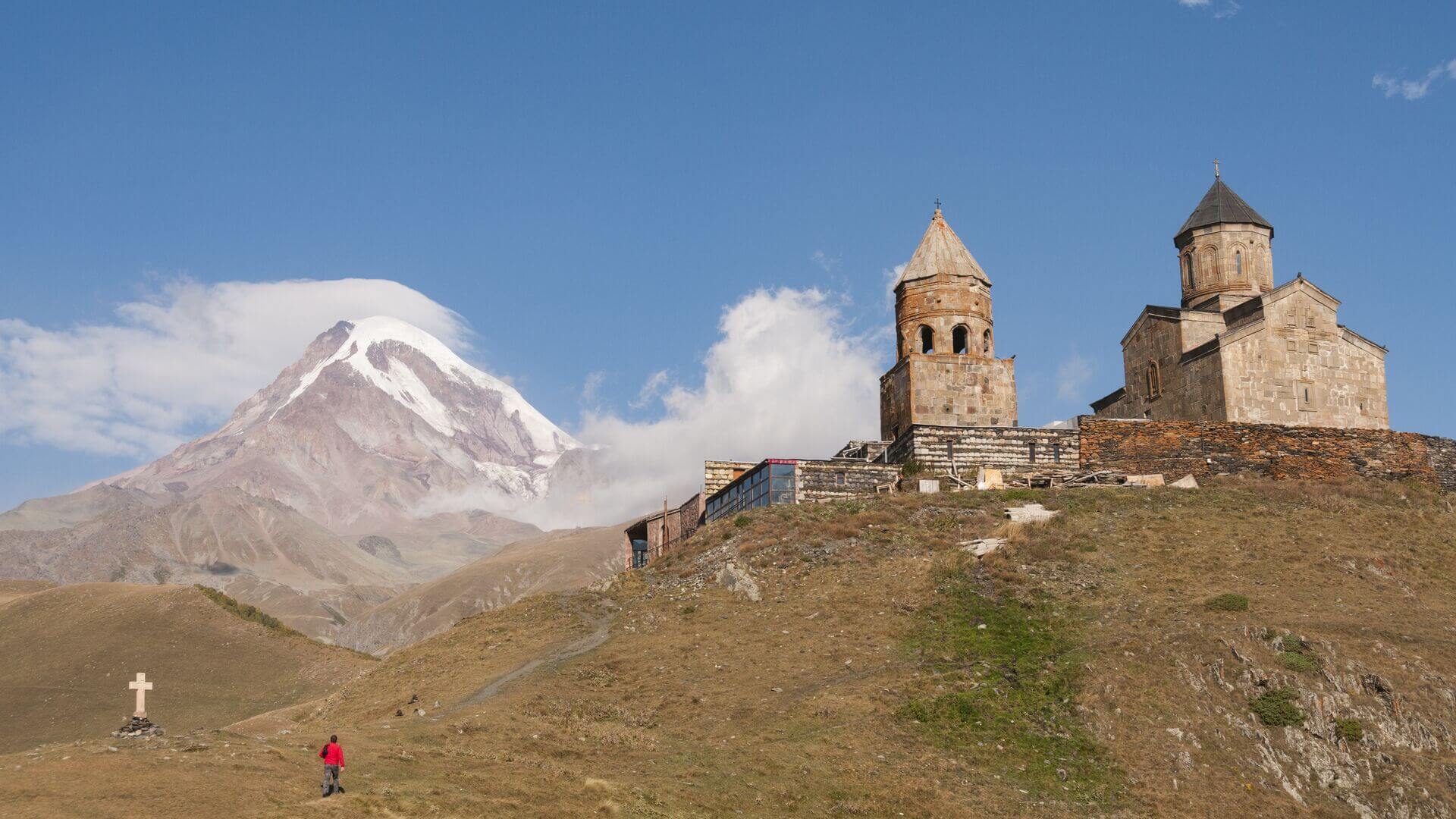
Just three hours north of Tbilisi via the spectacular Georgian Military Highway, Kazbegi (also known by its new name, Stepantsminda) has long been a popular high-altitude retreat. It’s the perfect place to get a taste of Georgia’s dramatic mountain scenery without straying too far from the city.
The small town of Kazbegi is encircled by the surreal, perennially snow-capped Greater Caucasus mountains. Gergeti Trinity Church – sitting over Kazbegi at 2,000m (6,562 feet) above sea level – is a must-see. Outside winter, you can reach the church on a two-hour climb through alpine meadows.
4. Lagodekhi Protected Areas
Located at the tripoint of Georgia’s Kakheti region, Azerbaijan and Dagestan (Russia), the Lagodekhi Protected Areas cover 24,000 hectares of pristine forest and prime hiking territory.
Georgia’s oldest nature reserve includes beech forests and alpine zones and is home to East Caucasian tur and brown bears. Of the four hiking trails (Black Grouse Waterfall, Ninoskhevi Waterfall, Machi Fortress and Black Rock Lake), the latter is the park’s main drawcard.
5. Kakheti
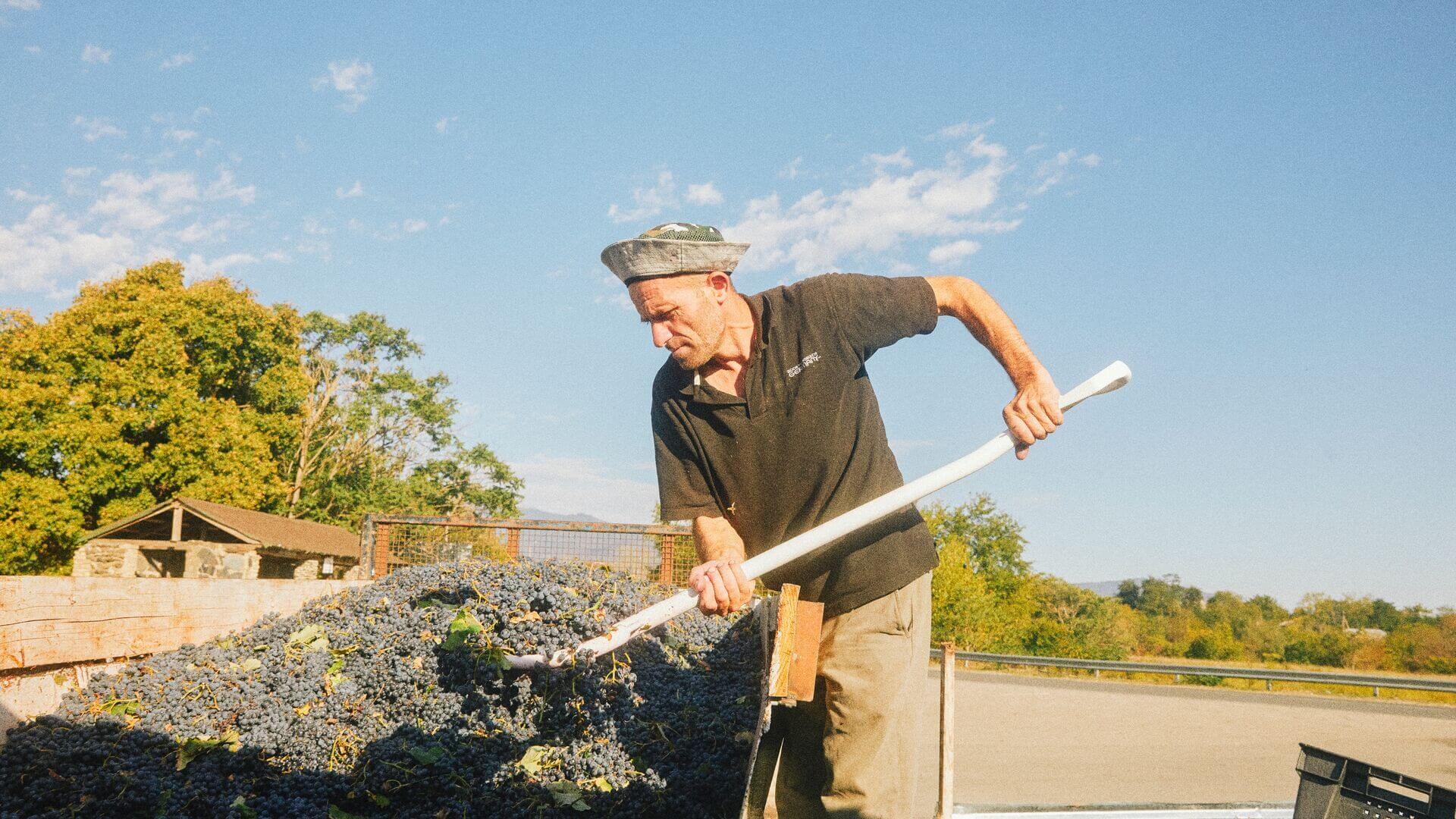
In case you didn’t know, wine is kind of a big deal in Georgia – one of the first countries in the world to pioneer viniculture. Georgian wine is made by fermenting whole grapes (stems, skins and all) in an underground clay vessel called a qvevri. After a few days in Kakheti, Georgian wine country, you’ll be very familiar indeed with this unusual technique and the distinctive vino it yields.
Wine and worship go hand in hand in Kakheti. The area is also famous for its churches perched proudly on mountain tops, notably the Gremi Monastery.
6. Svaneti
The ancestral home of the Svans – an ethnic group who have dwelled in Georgia’s mountains since time immemorial – Svaneti is where you’ll encounter some of the country’s most breathtaking scenery and unique cultural experiences.
Set in sheltered valleys, Svaneti’s remote hamlets are characterised by their stone towers. These aren’t fortresses but, in fact, family homes, a few of which are still occupied today. Mestia, Svaneti’s main centre, has a great tourist infrastructure and a delightful ethnography museum. From here, you can embark on hikes around the region.
7. Gori
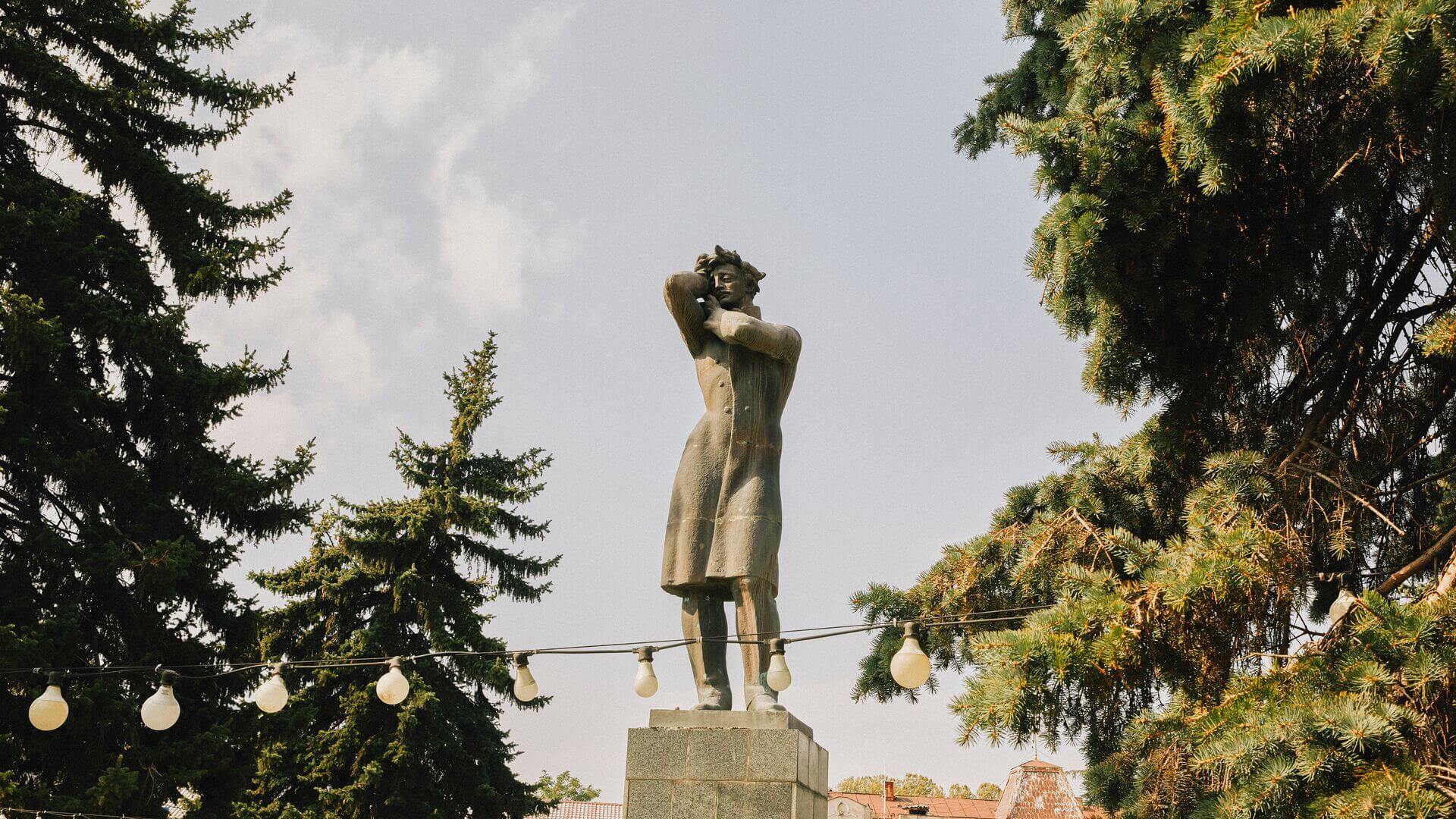
Joseph Stalin, the infamous leader of the Soviet Union, was born and raised in Gori, less than 100km (62 miles) east of Tbilisi. And unlike just about everywhere else in Georgia, in Gori, the former dictator is not entirely hated.
One of the first things you see after arriving in Gori is a massive Stalin poster advertising the local grocery store. The eponymous main avenue still bears Stalin’s name, as does the city park and a number of civic buildings.
The zenith of Gori’s Stalin subculture is the Joseph Stalin Museum, an institution wholly dedicated to preserving his memory through photographs, documents and memorabilia. On the grounds of the museum is the wooden house where Stalin was born and the personal armoured train carriage he used later in life.
8. Vardzia
Georgia’s position at the crossroads of Asia and Europe has meant living under the constant threat of invasion. In centuries past, Georgians looked to cloisters and hidden settlements for protection – none of them more impressive than Vardzia, a colossal self-sufficient ‘cave village’ in the country’s south.
Set on the slopes of Erusheti Mountain, Vardzia was constructed in the 12th century by locals seeking sanctuary from invading Mongols. In its heyday, Vardzia stretched for 500m (546 yards) and was 13 tiers high, boasting more than 6,000 individual grotto apartments, an irrigation system, a church, and a throne room for Queen Tamar, the monarch who decreed this incredible feat of engineering.
Most of the complex was destroyed by an earthquake less than a century after it was finished, but much of the stone architecture can still be seen and appreciated today.
9. Batumi
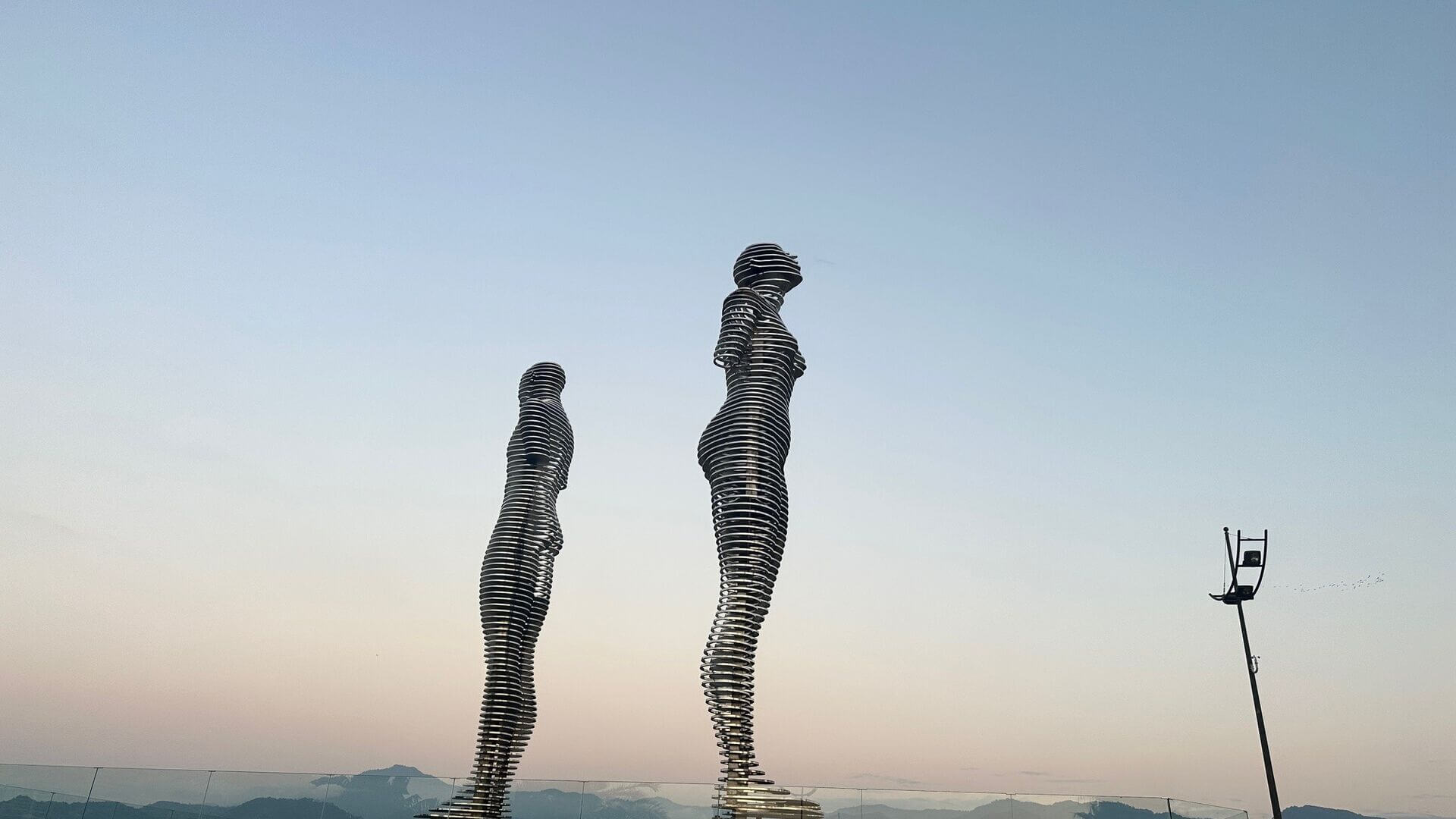
Batumi, Georgia’s Black Sea resort town and the capital of the autonomous Adjara region, is much more ostentatious than other parts of the country and has its own peculiar charm.
The architecture is imaginative and downright whacky – from Alphabet Tower, a homage to the Georgian mother tongue, to a world-famous McDonalds and the Disneyland-esque Europe Square with its belle époque facades. Batumi is home to the stunning Orta Jame mosque (around 30% of Adjarians are Muslim), a great international restaurant scene, two lively local markets and the world’s second-largest botanical garden.
One of the best things to do is rent a bicycle and cycle along the promenade. Be sure to see the Ali & Nino statue, especially when lit up at night.
10. Ushguli
One of the highest inhabited permanent settlements in Europe, Ushguli is comprised of four ancient mountain villages, one of which, Chazhashi, is recognised as a World Heritage Site. The home of the Ushgali community is regarded as a living ethnographic museum made even more visually stunning by its view of Georgia’s highest mountain, Mount Shkhara.
The town of Chazhashi alone has over 200 medieval buildings, from the region’s iconic tower houses to its castles and churches, one of which is the 12th-century Lamaria Church. The tower houses served as both living spaces and defence structures, which is impressive considering this town is 2,100 metres (6,890 feet) above sea level.
Don’t miss a thing, join a small group adventure in Georgia and see the sights for yourself.

